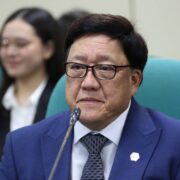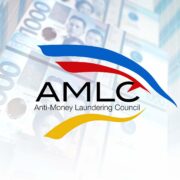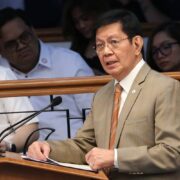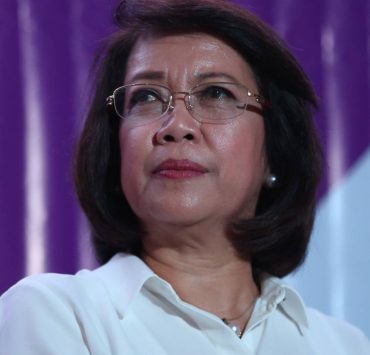Net metering gaining ground, says ERC
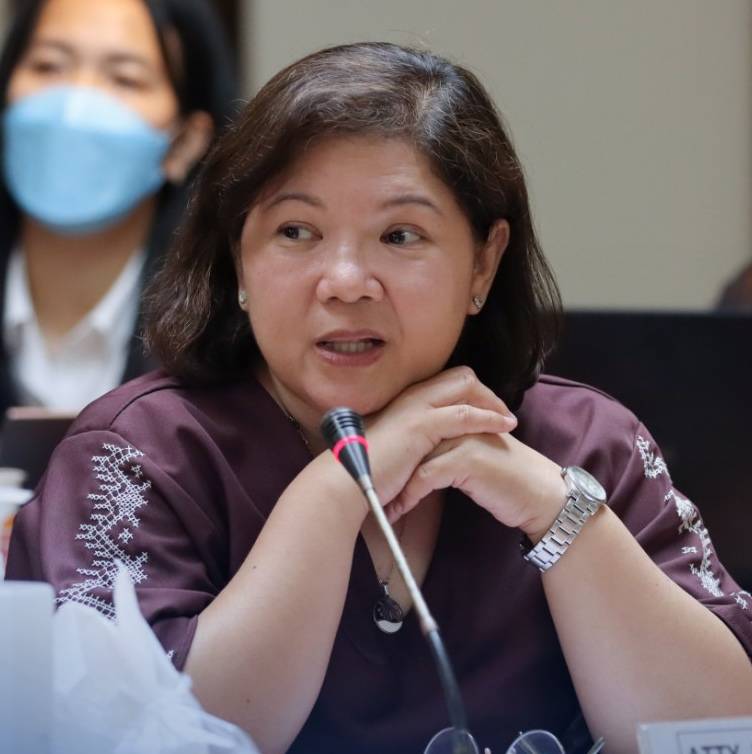
Net metering adoption in the Philippines continues to gain traction as the number of qualified end-users (QEs) soared, according to the Energy Regulatory Commission (ERC).
The regulator said in a recent statement it witnessed a “positive trend” in net metering adoption after it had boosted education campaigns and partnerships with local government units (LGUs).
Net metering allows consumers who generate their own power of a maximum of 100 kilowatts using renewable energy to sell some of their excess electricity to the grid. The value from the purchase would then be credited to their monthly bills.
From only 200 QEs in 2015, the number ballooned to 13,189 with a total capacity of 116,292.14 kilowatt-peak as of May 2024. The bulk of this capacity came from Luzon, followed by Visayas and Mindanao.
The ERC said the number had been promising since 2015, although there was a slowdown in 2020 due to the COVID-19 pandemic. But as more sectors opened up and the mobility eased, QEs from 2022 to 2023 spiked by 121 percent—from 1,867 to 4,125.
“The ERC has intensified its information education campaigns (IEC) to raise public awareness on the procedures and benefits of net metering. To promote net metering programs at the grassroots level, the ERC forged partnerships through tripartite agreements with LGUs,” it said over the weekend.
The regulator added that a one-stop shop for net metering inquiries would be established through its planned partnership with Quezon City.
“The Commission is enhancing its IEC activities, providing increased technical support to LGUs, and further refining regulatory frameworks to ensure the seamless integration of renewable energy into the national grid,” it said.




